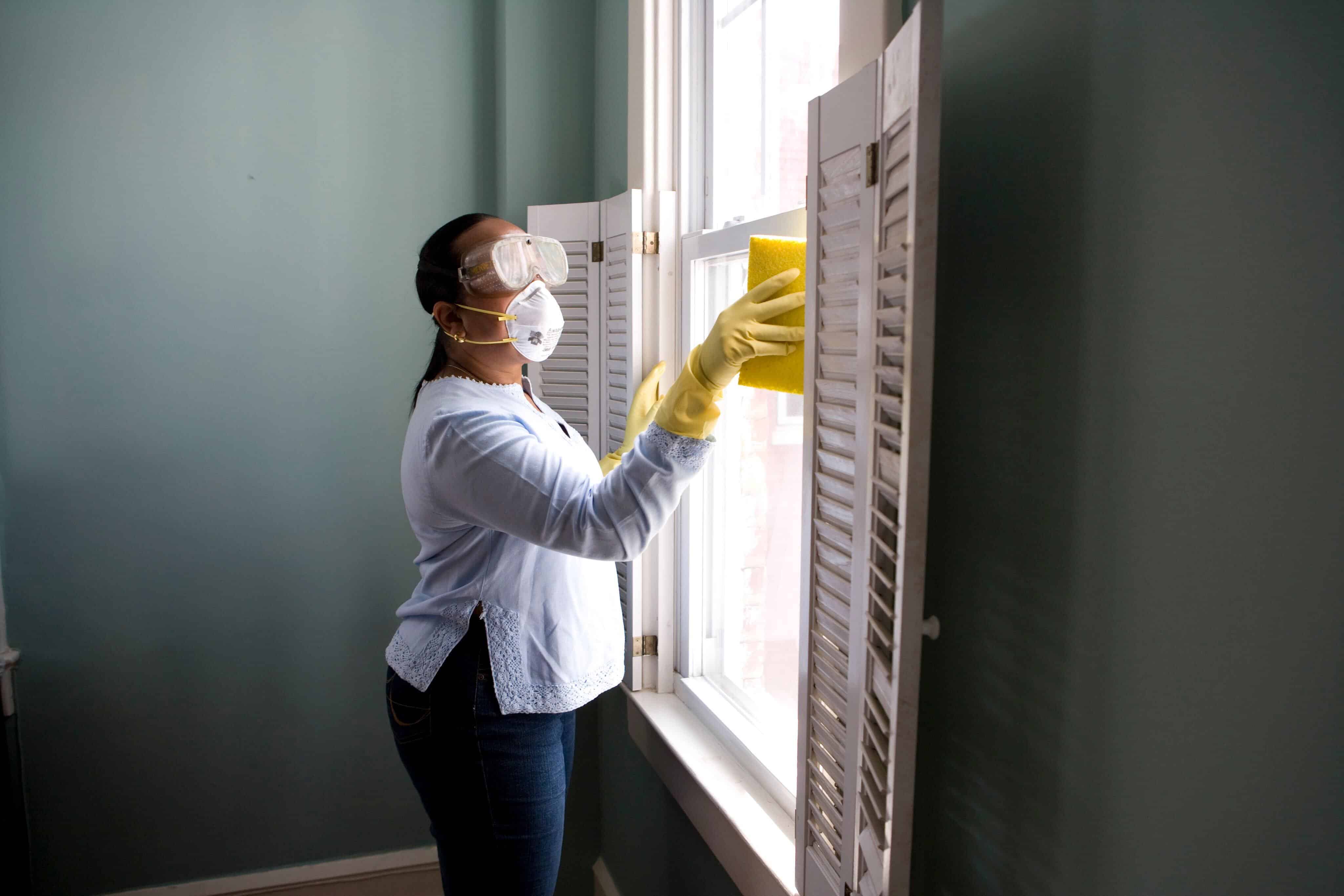End-of-Year Home Maintenance Guide
Home maintenance is a key part of homeownership. The close of the current year is the perfect occasion to check on all of your home’s systems to ensure that everything is in working order. Most of us do best with a checklist in hand, so here are some starting points to help you prepare for a new year in the home you love, and make it the best one yet.
1. Have the furnace tuned up.
When temperatures drop, you’ll need optimal performance from your heating system. If you have forced-air systems, you’ll want to replace the air filters. Furnaces that burn oil or natural gas may need to be cleaned and have the furnace filter changed. Electric furnaces often don’t need as much maintenance as oil or gas ones, but heating elements do wear out over time and may need to be replaced. At the very least, you want to know that when you turn the thermostat to a particular temperature, your system will be ready to comply.
2. Get the chimney cleaned.
Fireplaces are beautiful home features, but if left unmaintained, they can become a hazard. Gas-burning fireplaces can develop venting issues that cause carbon monoxide to be released into your home. Fireplaces that burn wood release creosote, a tarry residue that is highly flammable. Wood stoves and fireplaces with glass doors often leave more creosote because of limited air intake. Burning unseasoned wood can also increase creosote deposits. An annual inspection by a professional can not only clean the creosote from the flue but also ensure wildlife and debris haven’t created any blockages.
3. Check your home’s thermal envelope.
All the various parts of your house that keep outside air outside and inside air inside work together to create a thermal envelope. Windows, doors, walls, floors, insulation and other building components are designed to prevent heat transfer. In the summer, the idea is to keep heat out while in the winter, the idea is to keep heat in. Leaks, cracks and aged insulation can result in drafts and make home heating and cooling systems have to work harder to maintain the desired conditions. Securing your home’s thermal envelope can be as simple as checking caulking around windows and doors, replacing worn weather stripping, and ensuring attic insulation is still fluffy and dry.
4. Clear roof valleys and gutters of debris.
Nests from birds or squirrels, fallen leaves and even pinecones can create blockages in gutters and spouting. Those blockages can attract bugs and pests as well as cause rainfall to overflow into areas of your home that aren’t prepared to withstand water collection. The end of the year is a good time to ensure that the roof is clear of debris from the fall season — especially if your roof has a more complex design. Leaves and other debris tend to gather in valleys and juncture points where roofing materials meet chimneys, vents or other building materials. Debris can trap moisture, be a source of rot and mold, and prevent you from seeing potential problems like loose or missing shingles.
5. Clean your dryer vent.
We process load after load of laundry through the washer and dryer. As time passes, lint accumulates. You may clean the lint trap in your dryer after every load, but lint particles can still build up between the trap and the outdoor vent. That lint is flammable. According to the U.S. Fire Administration, about 2,900 home dryer fires are reported each year, and the leading cause is failure to clean the dryer. More of these fires occur in fall and winter, typically peaking in January. Properly cleaning your dryer is a key part of end-of-year home maintenance. FEMA recommends cleaning the back of the dryer, keeping venting hoses intact and unrestricted and ensuring that the outside dryer vent covering remains open while the dryer is in operation.
6. Replace the batteries in your smoke and carbon monoxide detectors.
New Year’s Day or just before is an easy-to-remember time to check on your home safety detectors and alarms. Experts recommend not only replacing the batteries but also ensuring that detectors are in working order and are placed where they’re needed. If alarms are older than 10 years, their sensors may no longer work, so replace them with new units. Both smoke and carbon monoxide detector units are available with strobe lights or even bed shakers that are especially useful if you have family members who are hard of hearing, deaf or extremely deep sleepers.
7. Protect outside faucets and plumbing.
While freezing temperatures are infrequent in the South, they can happen. When the water inside your plumbing freezes, pipes can burst because the freezing water expands—often more than the pipe is able to. It can happen anywhere water-filled pipes are exposed to cold. To be prepared, ensure that you can turn off or cover outdoor faucets with pipe insulation sleeves. Upgrading to frost-proof faucets is also an option. You can turn the water off outside and know that pipes are safe from freezing. Plumbing underneath homes in crawl spaces or leading to unheated spaces like porches can also be vulnerable to extreme cold snaps and should be properly insulated.
Get Ready for the New Year with Coburn’s
Keeping up with repairs, preventing seasonal damage, and replacing or updating worn or outdated items are great ways to ensure that your home retains its beauty, comfort and value. By following our home maintenance guide, you can start the new year confident that your home is prepared to take on any of the upcoming seasons. When you’re ready to get started, stop by your nearest Coburn’s Kitchen & Bath Showroom or explore our website. Chances are, we have just what you’re looking for.
